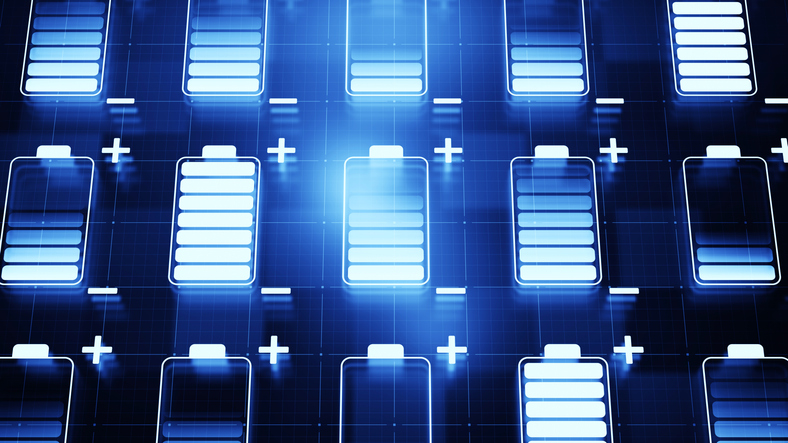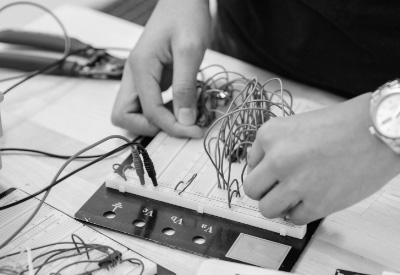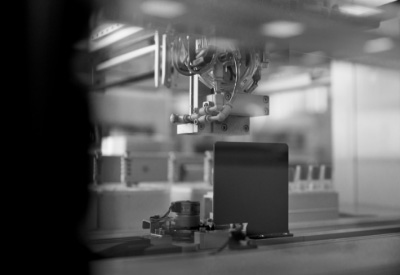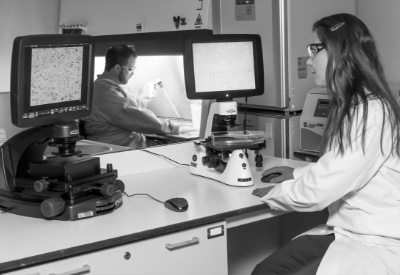In the world of modern electronics, battery performance is often measured by capacity, output, and size. But one of the most significant—and frequently overlooked—factors in battery-powered systems is the cost of maintenance.
From routine replacements and technician labor to system downtime and logistical complexity, battery maintenance can introduce considerable expenses, especially in mission-critical or remote applications. These costs are rarely captured on a spec sheet, but they can have a profound impact on operational budgets and long-term system viability.
City Labs’ NanoTritium™ batteries offer an alternative: a maintenance-free, long-life power solution designed for ultra-low-power devices that must operate independently for decades without human intervention. In this article, we explore the hidden costs of battery upkeep and how our technology eliminates many of the burdens traditional power systems face.
What Is Battery Maintenance Really Costing You?
For many electronic systems, batteries are assumed to be a low-cost, easily swappable component. This assumption can quickly fall apart in real-world conditions.
Battery maintenance costs typically fall into several categories:
Replacement Cycles
Many chemical batteries, such as lithium-ion or alkaline cells, need replacement every one to five years. In large or distributed networks, this can translate to thousands of batteries annually.
Labor and Technician Time
Whether it’s a pacemaker in a hospital or a sensor in a remote mountain range, replacing a battery requires time, tools, and trained personnel. In the case of medical or aerospace systems, it may even require full system shutdowns or surgical procedures.
Downtime
Every time a battery fails—or even if it’s merely replaced as scheduled—there’s an interruption. For mission-critical systems, this can mean lost data, reduced system effectiveness, or safety risks.
Supply Chain Complexity
Managing the purchase, shipping, and storage of replacement batteries is an ongoing logistical challenge—particularly for organizations operating in multiple geographic regions or regulatory environments.
Environmental and Disposal Costs
Spent batteries must be safely handled and often recycled according to strict guidelines, which can introduce further administrative and environmental overhead.
These hidden costs add up fast—especially for applications that operate in remote, hostile, or inaccessible environments. In many cases, the cost of maintaining the battery far exceeds the cost of the battery itself.
Why Maintenance-Free Battery Power Changes the Equation
NanoTritium™ batteries are fundamentally different from traditional power sources. Based on betavoltaic technology, they generate a steady, ultra-low electric current from the natural decay of tritium, a hydrogen isotope that emits low-energy beta particles.
This decay process is:
- Continuous
- Predictable
- Temperature-independent
- Unaffected by recharging cycles or external conditions
These characteristics enable the design of power sources that last for over 20 years without requiring replacement, recharging, or maintenance.
With no moving parts, no liquid electrolytes, and no susceptibility to thermal runaway or self-discharge, NanoTritium™ batteries are built to perform silently and reliably in applications where the cost of a battery swap is prohibitive.
Designed for True Autonomy
City Labs’ batteries are already powering systems where maintenance is not just costly—it’s impossible. Possible use cases include:
- Deep-space and lunar missions, where onboard electronics must survive decades of radiation, temperature swings, and zero human access.
- Polar research equipment and cryogenic sensors, where extreme cold renders chemical batteries unreliable or frozen.
- Medical implants and security devices, where longevity and sealed design reduce the risk and complexity of surgical or secure maintenance.
- Structural health monitoring, such as bridges, pipelines, or remote facilities, where sensor nodes are inaccessible for long periods.
In all of these examples, eliminating the need for battery maintenance is not simply a convenience—it’s a mission requirement.
Lowering Total Cost of Ownership
The financial implications of maintenance-free batteries become especially clear when evaluating total cost of ownership (TCO). Traditional batteries may seem cheaper upfront, but their recurring service requirements multiply costs over the life of a device.
NanoTritium™ batteries flatten this curve. Once integrated, they deliver continuous power with no further costs—no replacements, no technician visits, no recharging cycles, and no downtime.
For system designers and procurement teams, this simplifies everything from field deployment to budget forecasting. Devices powered by NanoTritium™ batteries can be deployed to operate without intervention for decades.
A New Standard for Long-Term Reliability
At City Labs, we believe power shouldn’t be the weakest link in your system. For applications where maintenance is a liability, our batteries offer a new paradigm: long-term, low-power energy that just works.
As electronics continue to push into the deep ocean, deep space, and deeply embedded infrastructure, NanoTritium™ batteries provide the backbone for safe, scalable, and truly autonomous systems.
If you’re designing a system where battery maintenance isn’t just a hassle, but a mission risk, it may be time to consider a different kind of power. To explore NanoTritium™ power solutions for your needs, contact City Labs today.









